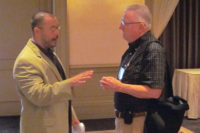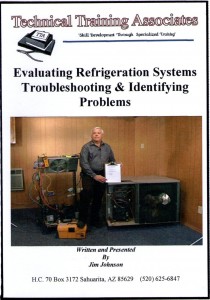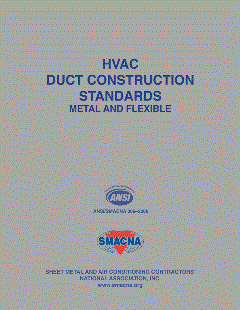Kyle believes that the regional efficiency standards could be problematic. He said, “I am afraid for what it will do to our industry, perhaps negatively affecting credibility. For example, an unscrupulous contractor will be more likely (especially in areas near the proposed regional borders) to sell an unregulated furnace. Let’s say you have a single mom with a townhome who is upside down on her mortgage. Somebody offers her a solution that could cost a couple thousand dollars less, and the contractor can still make a handsome profit, compared to what I may be offering.”
Kyle said he could even foresee some contractors purchasing non-approved inventory outside of their region and shipping it a distance to gain an advantage. One possible scenario involves condensing and non-condensing furnaces which have different venting requirements. A retrofit condo job requiring an upgraded furnace that meets the new regional standard might cost considerably more because structural changes must be made for the vent pipe. A customer might not think twice about saving $2,000 on a furnace change-out.
He also mentioned consumer safety issues caused by noncompliant installations. The contractor who installs a noncompliant furnace, air conditioner, or heat pump is not likely to apply for a permit. That additionally opens the door for other building infractions.
“I don’t think the Department of Energy has taken everything into consideration,” said Kyle.
Talbot Gee, executive vice president and COO of HARDI, highlighted the significant opposition to the rule. He said, “With HARDI being just one of 40 other comments submitted to DOE in opposition of the direct final rule (DFR), we believe DOE has little justification for proceeding without additional deliberation and analysis that would come with a traditional NOPR (Notice of Public Record) process.”
HARDI’s position is that regional standards will create unnecessary hardship for distributors and contractors, and will hurt consumers. Gee said that he expects potential double-digit drops in equipment sales volume with 13 SEER products no longer available for purchase in the South, and 80 percent AFUE furnaces no longer available in the North. “The fact is that even if it was a fore drawn conclusion that DOE was going to ignore widespread opposition and proceed with the DFR, that would be no reason for HARDI to just lay down and accept a bad idea that will hurt all segments of our industry and our shared customers in the marketplace, so we’ll continue to do whatever we can to prevent these things from happening.”
Publication date: 10/31/2011










